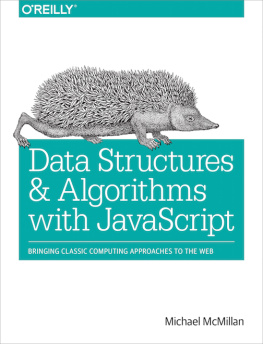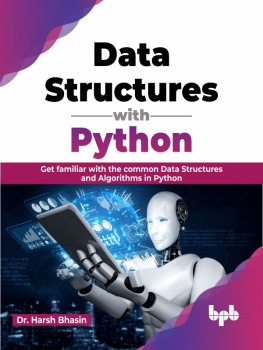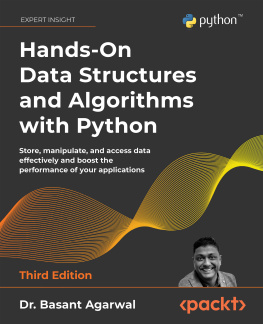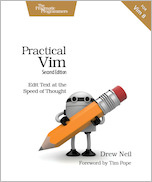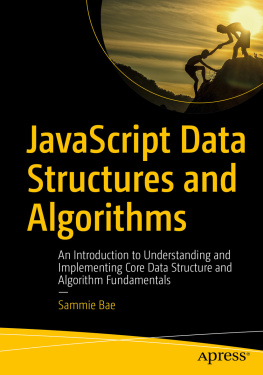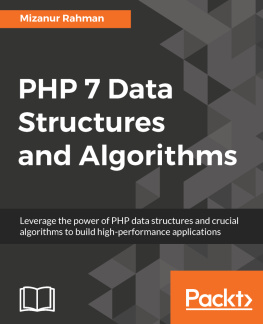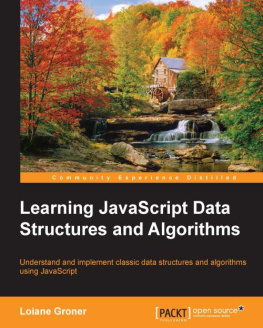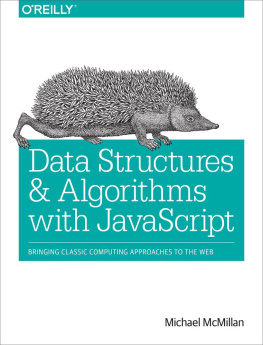Over the past few years, JavaScript has been used more and more as a server-side computer programming language owing to platforms such as Node.js and SpiderMonkey. Now that JavaScript programming is moving out of the browser, programmers will find they need to use many of the tools provided by more conventional languages, such as C++ and Java. Among these tools are classic data structures such as linked lists, stacks, queues, and graphs, as well as classic algorithms for sorting and searching data. This book discusses how to implement these data structures and algorithms for server-side JavaScript programming.
JavaScript programmers will find this book useful because it discusses how to implement data structures and algorithms within the constraints that JavaScript places them, such as arrays that are really objects, overly global variables, and a prototype-based object system. JavaScript has an unfair reputation as a bad programming language, but this book demonstrates how you can use JavaScript to develop efficient and effective data structures and algorithms using the languages good parts.
Why Study Data Structures and Algorithms
I am assuming that many of you reading this book do not have a formal education in computer science. If you do, then you already know why studying data structures and algorithms is important. If you do not have a degree in computer science or havent studied these topics formally, you should read this section.
The computer scientist Nicklaus Wirth wrote a computer programming textbook titled Algorithms + Data Structures = Programs (Prentice-Hall). That title is the essence of computer programming. Any computer program that goes beyond the trivial Hello, world! will usually require some type of structure to manage the data the program is written to manipulate, along with one or more algorithms for translating the data from its input form to its output form.
For many programmers who didnt study computer science in school, the only data structure they are familiar with is the array. Arrays are great for some problems, but for many complex problems, they are simply not sophisticated enough. Most experienced programmers will admit that for many programming problems, once they come up with the proper data structure, the algorithms needed to solve the problem are easier to design and implement.
An example of a data structure that leads to efficient algorithms is the binary search tree (BST). A binary search tree is designed so that it is easy to find the minimum and maximum values of a set of data, yielding an algorithm that is more efficient than the best search algorithms available. Programmers unfamiliar with BSTs will instead probably use a simpler data structure that ends up being less efficient.
Studying algorithms is important because there is always more than one algorithm that can be used to solve a problem, and knowing which ones are the most efficient is important for the productive programmer. For example, there are at least six or seven ways to sort a list of data, but knowing that the Quicksort algorithm is more efficient than the selection sort algorithm will lead to a much more efficient sorting process. Or that its fairly easy to implement a sequential or linear search algorithm for a list of data, but knowing that the binary sort algorithm can sometimes be twice as efficient as the sequential search will lead to a better program.
The comprehensive study of data structures and algorithms teaches you not only which data structures and which algorithms are the most efficient, but you also learn how to decide which data structures and which algorithms are the most appropriate for the problem at hand. There will often be trade-offs involved when writing a program, especially in the JavaScript environment, and knowing the ins and outs of the various data structures and algorithms covered in this book will help you make the proper decision for any particular programming problem you are trying to solve.
What You Need for This Book
The programming environment we use in this book is the JavaScript shell based on the provides instructions on downloading the shell for your environment. Other shells will work as well, such as the Node.js JavaScript shell, though you will have to make some translations for the programs in the book to work in Node. Other than the shell, the only thing you need is a text editor for writing your JavaScript programs.
Organization of the Book
presents an overview of the JavaScript language, or at least the features of the JavaScript language used in this book. This chapter also demonstrates through use the programming style used throughout the other chapters.
discusses the most common data structure in computer programming: the array, which is native to JavaScript.
introduces the first implemented data structure: the list.
are used throughout computer science in both compiler and operating system implementations.
Queues are an abstraction of the lines you stand in at a bank or the grocery store. Queues are used extensively in simulation software where data has to be lined up before it is processed.
. A linked list is a modification of the list data structure, where each element is a separate object linked to the objects on either side of it. Linked lists are efficient when you need to perform multiple insertions and deletions in your program.
which are data structures that store data as key-value pairs.
One way to implement a dictionary is to use a hash table, and discusses how to build hash tables and the hash algorithms that are used to store data in the table.

